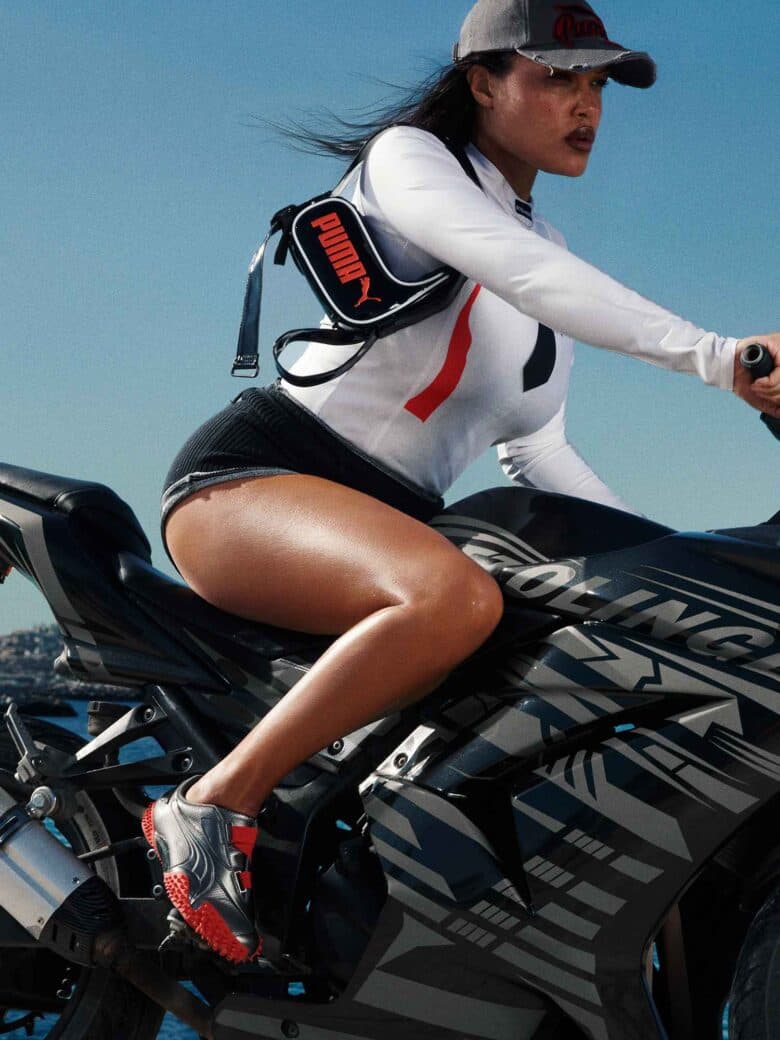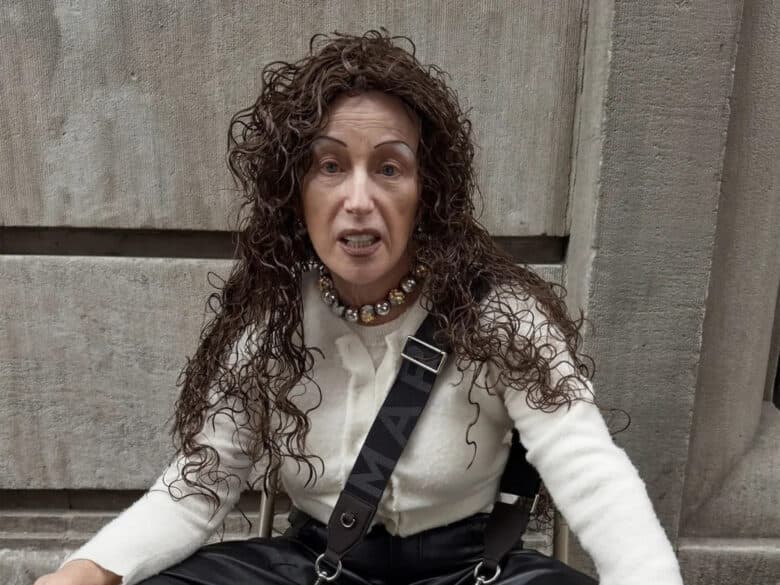Can performance art work in retrospect? Marina Abramović treads the uncertain line…
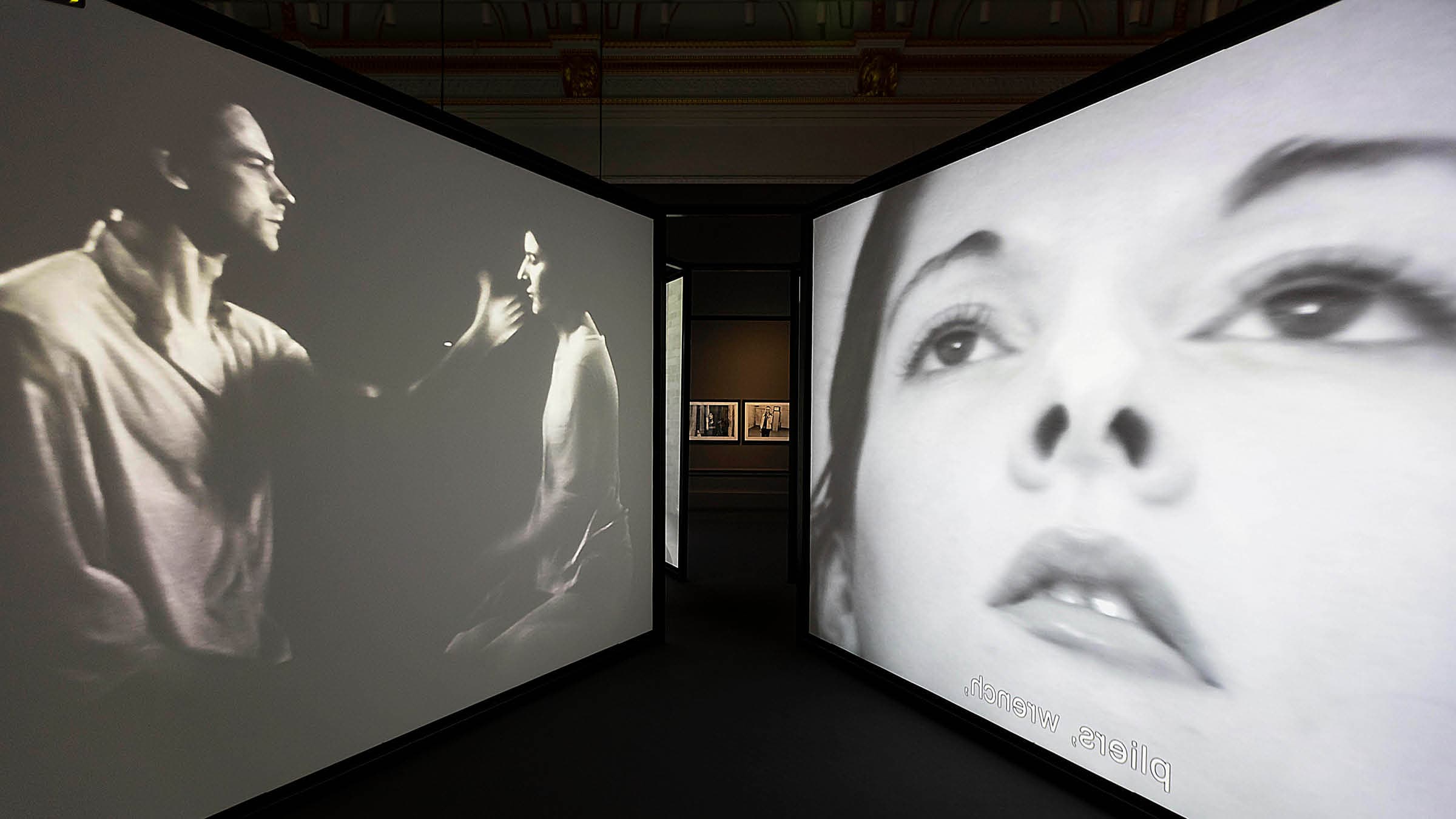
Marina Abramović is no stranger to questioning the very essence and purpose of ‘the body’. At countless performances throughout her fifty year career, the body – her body and other performers’ – are placed centre stage, stripped away from the things that make them human, rendered into little more than walking protoplasmic blobs of calcium and blood that happen to coexist in the world. And at the Royal Academy of Arts retrospective ‘Marina Abramović’, the body is the canvas once more.
Cut open, suffocated, drugged, starved and drowned, bodies are seen convulsing, dancing, running and motionless. It is a way, above all else, for Abramović to test her own endurance, enter into a higher state of being and bring spectators along for the ride. Her performances have been ways to connect herself with the body, test its limits and ultimately feel closer to the skin we live in and, in turn, connect others to it as well. The retrospective at the RA is a celebration of the pioneering work the self-proclaimed “Grandmother of performance art” has bestowed upon the medium. And now, she passes the torch to you.
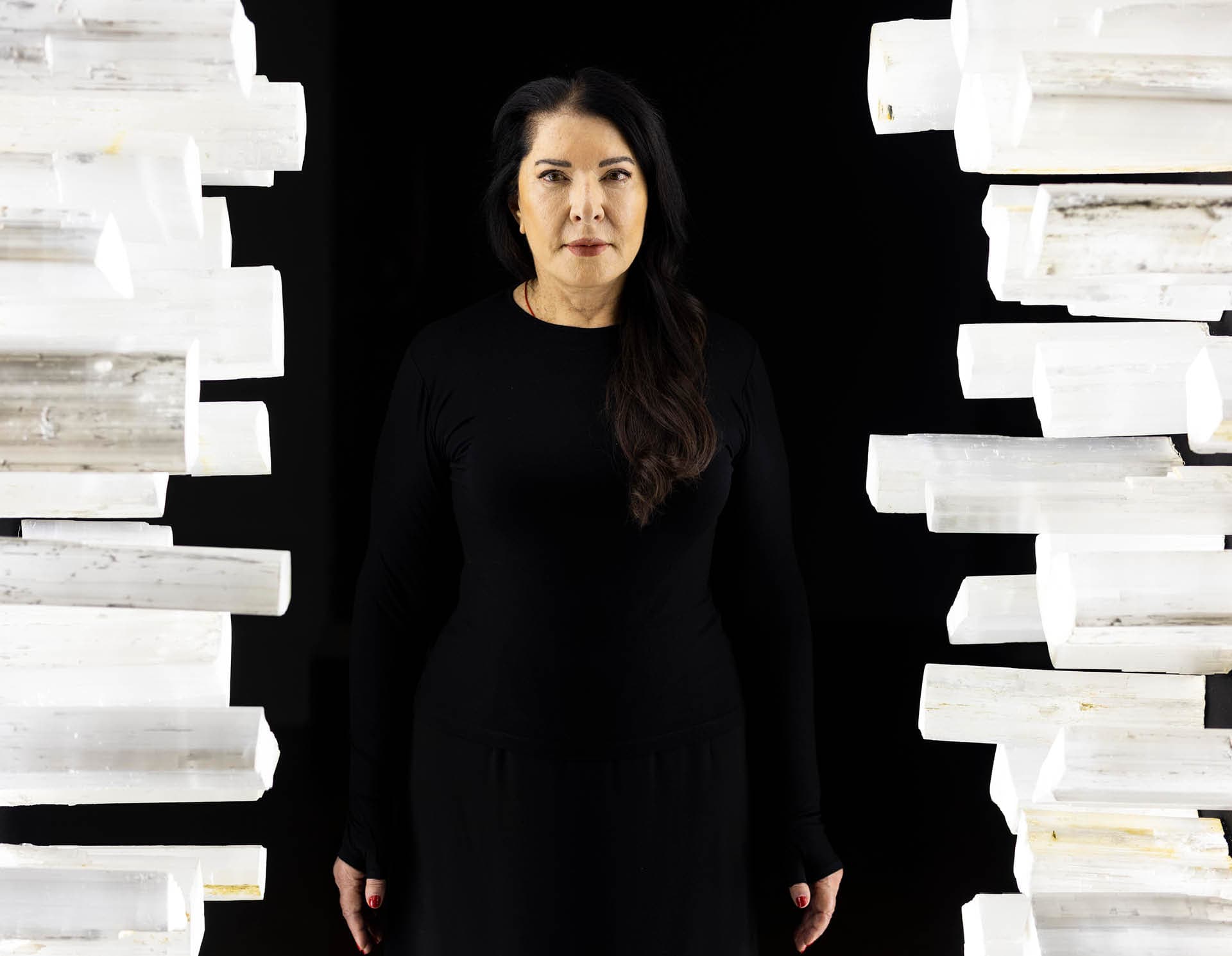
The retrospective opens to a constellation of performances, arranged in thematic order, considered by some as Abramović in her prime – the 1970s to 1990s. In this period, the artist offers a variety of radically experimental performances, from Rhythm 10, 1973 to Lips of Thomas, 1975, the latter which saw the artist etch a communist star onto her stomach, leaving a permanent scar. Daring and visceral, they are easily misread as self-inflicted sadism to those who may only be experiencing Abramović for the first time. Yet, these works were, and continue to be, highly political and deeply emotional pieces, as much about what the performer’s body and mind could endure, as about the audience watching them. The question that remains is, what happens when you take those performances – the ones that still sit in the hearts and minds of many Abramović fans – and display them in a new way, in a new context?
The representation at the RA of Abramović’s early performances only edge around the power, the performance and the pain of what they hope to represent. Take the 1994 Balkan Baroque, which saw the artist don a butcher’s coat and scrub away at the remaining flesh of over fifteen-hundred cow bones for four consecutive days. Taking place in the height of summer in Venice at the Biennale, the room was hellish. The undeniable stench of rotting flesh, maggots no doubt seeping into every crevice of the room, gnawing away at any remaining meat. The piece was an exploration into themes of trauma relating to the Yugoslav wars, and was especially poignant as the performance had been rejected by the Yugoslavian pavilion, which it was originally intended for. Whereas, at the RA, there were of course neither maggots nor splattered bovine blood. Instead it was cosy, the only fragrances lingering in the air were whiffs of Byredo and the remnants of someone sneaking a puff on their vape. Less of a performance, the piece became more of a display. Then again, performance in retrospect can only do so much to conjure up the initial intent.
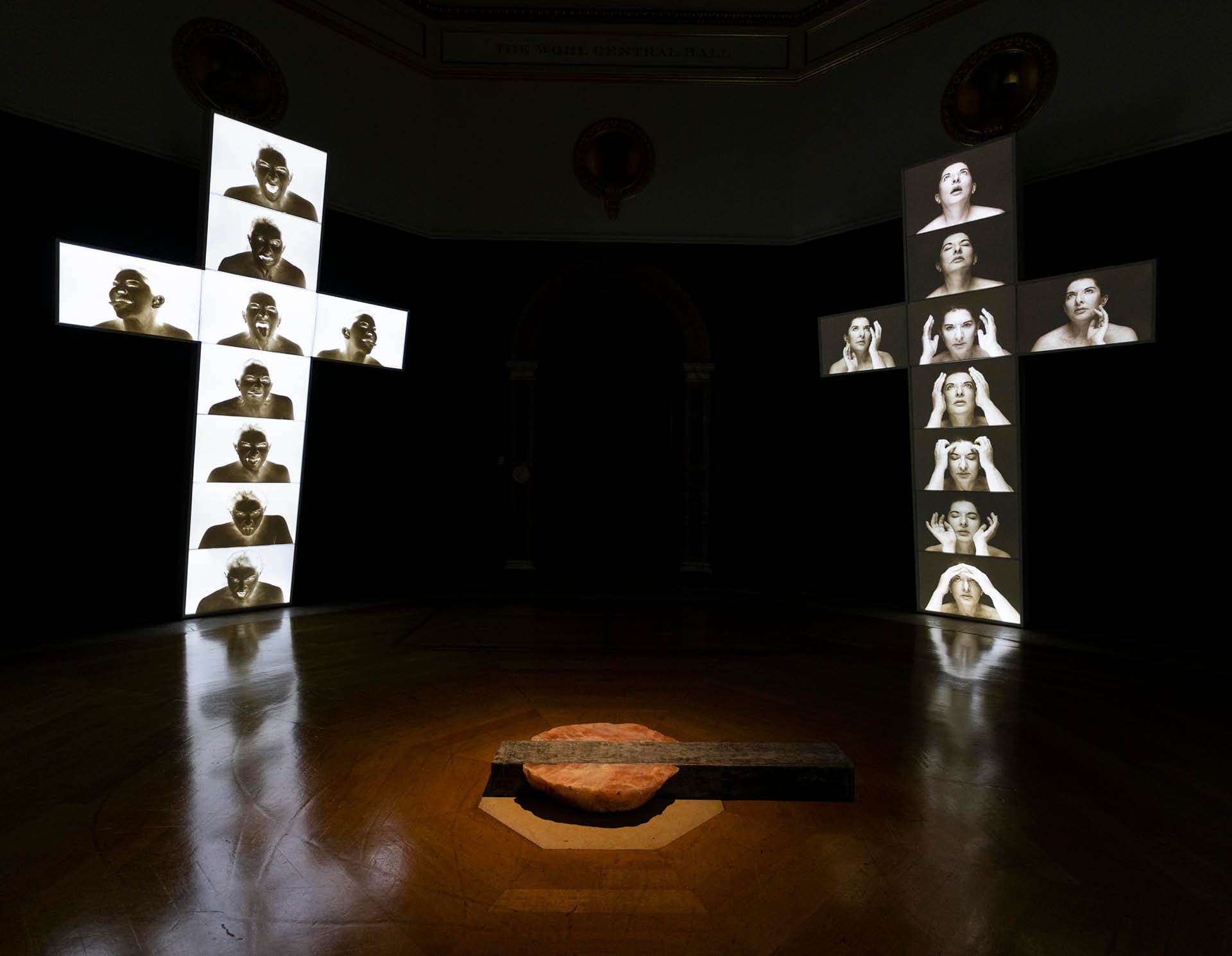
Perhaps the darkest performance by Abramović, Rhythm 0 invited audiences in 1974 to treat the artist as an “object” (her request) for six hours, allowing them to use seventy-two objects on her, including honey, an axe and whip. The audience ripped her clothes open and plunged rose thorns into her stomach, wrapped her in chains and brought a loaded gun to her head. The atmosphere was menacing, with Abramovic learning that “if you leave it up to the audience, they can kill you”. At the end of the six hours, Abramović flipped the script and tried to interact with those who had been terrorising her. Realising their actions, like children caught red-handed stealing cookies from a jar, many of the audience ran for the exit. A seminal moment in art of the twentieth century, the performance revealed how quickly those with authority will come to abuse it. At the RA, audiences treated the space more like a pilgrimage site. The beautifully dressed table of objects figured as a shrine – with onlookers carefully tiptoeing the taped line in the space so as not to get too close to the table. In 1974, audiences treated these objects as tools to enact masochistic fantasies upon the artist, now they are idols and artefacts of the past.
It is difficult to comprehend the meaning of these early performances, specifically the Rhythms, in new contexts. The 1974 audience participation was intrinsic to the piece. Now, the objects have metamorphosed into memorabilia. At the RA we are looking back and reflecting, which you can do with performance art to a certain degree, yet the aspect of performing must still be present. Here, however, it is absent, and as a result, it has become almost impossible for audiences to fully grasp how important and horrifying a work can be, and how horrifying it was.
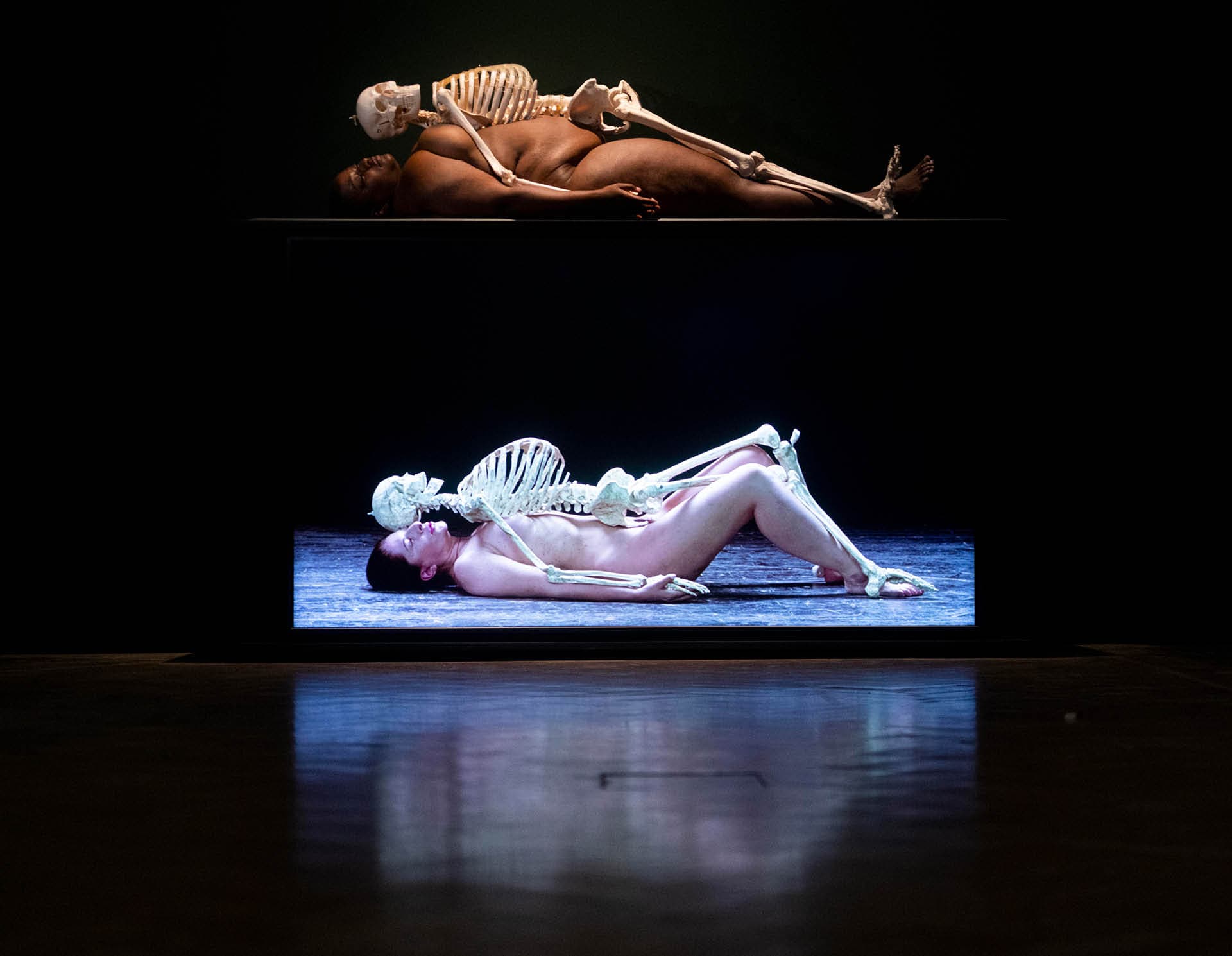
A number of artists perform past works as part of the retrospective, yet they lacked the zeal of Abramović. Selected by the artist and the institute, forty-two artists were trained for several days in the countryside, food and talking prohibited – very much in the ‘Marina Abramović Method’. Performing Imponderabilia, Nude with Skeleton, Luminosity and The House with an Ocean View, Abramović took the opportunity here to shine a light on emerging talent, as she had previously done in exhibitions such as MoMA’s ‘Marina Abramović: The Artist is Present’ in 2010. While Abramović stated the performer should bring an individuality to their piece, it lent itself more to a second act that was missing its star attraction. In Nude with Skeleton, which takes its influence from Tibetan Buddhism, a performer laid atop a coffin-like structure which featured a recurring video of Abramović’s original performance. However, while using the original performances as a reminder or reference for the re-interpretation, featuring Abramović just below the new performance did little other than render the 2023 version just slightly inferior. Abramović’s performance facilitated universal ideas around the fear of mortality. You glance at Abramović in the video, she writhes around her back, pushing her pelvis into the air, seemingly struggling under the non-existent weight of the skeleton pinning her down. Meanwhile the RA’s performer, who lies there looking rather indifferent, feels artificial and ingenuine, motionless and emotionless.
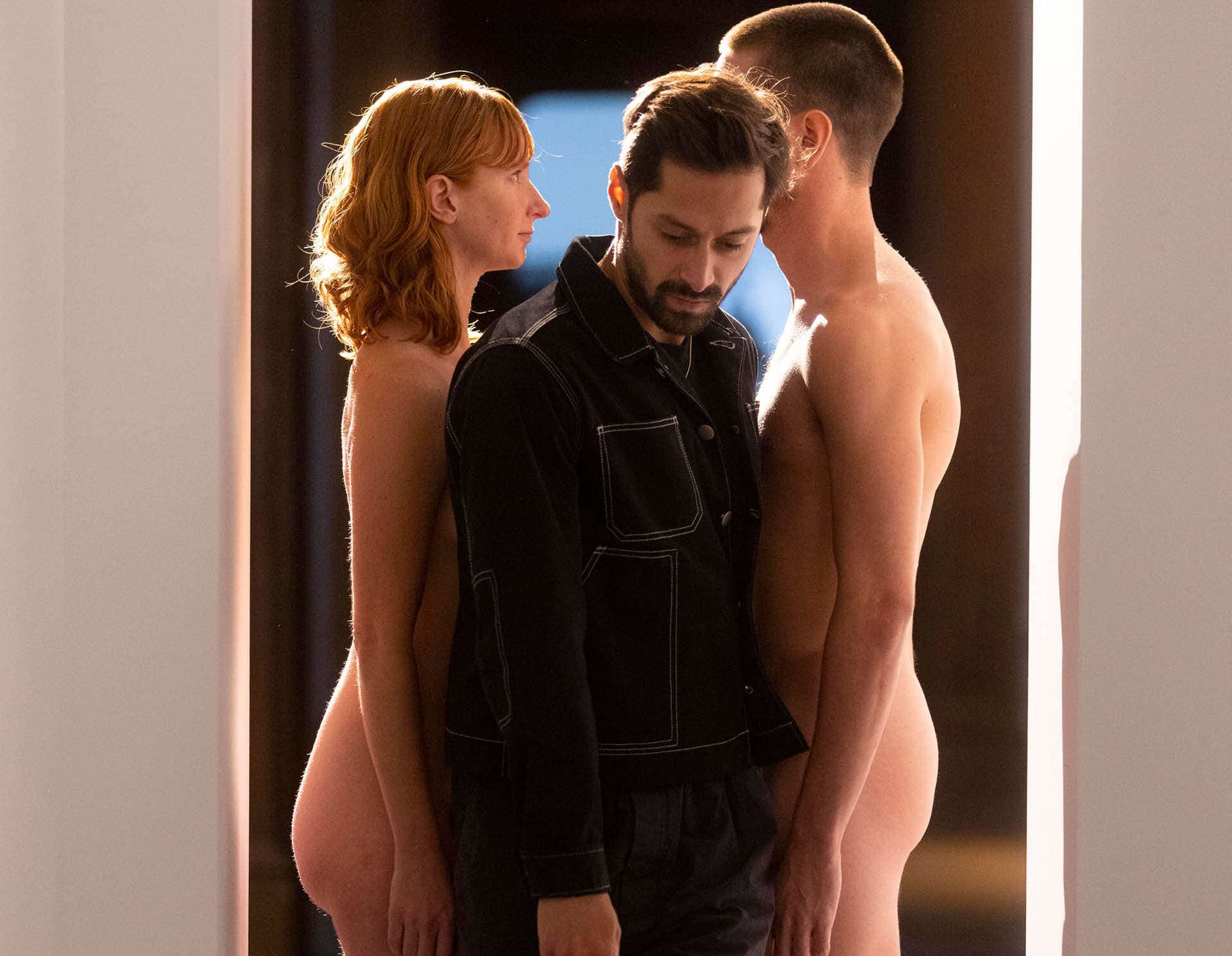
Unexpectedly, the most spectacular works in the exhibition were those which do not depend on the artist’s physical interaction with audiences. The Five Stages of Maya Dance, 2013/16 carved from alabaster, spoke to the immortalisation of Abramović’s art, while the twelve-minute video The Kitchen – Carrying the Milk, 2009, induced an introspectiveness for audiences which was more akin to staring at a Rothko than an Abramović performance. Quiet, still and contemplative, they are reflective pieces which, as they were never intended to be site specific, work well in any location. They do not feel like part of the work is missing, in the way Rhythm 0 had. Particularly compelling were the Transitory Objects in Room 6 ‘Energy from Nature’. Following her monumental performance The Lovers, 1989, on the Great Wall of China with former collaborator and partner Ulay, Abramović began to incorporate objects into her practice, which were to be used by audiences. Lying down on the oxidised copper Green Dragon (lying) from 1989 in this room was monumental. Audiences began to fill the space and practise what Abramović preaches – to leave behind their ego and connect with the body. It became evident that Abramović was, in a sense, more present than ever. Audiences were able to connect with the work not by witnessing or mimicking the artist, but by applying the doctrines of her practice.
The exhibition poses more questions than it answers. It, in many ways, keeps us guessing, presuming and debunking. But, while it irrevocably alters our way of understanding Abramović as an artist – she really must be read as multidisciplinary – it has proven it is challenging, perhaps impossible, for certain works to be displayed in new contexts. While the glossy prints of past performances look spectacular, they are a manipulation of the very foundations of performance art – a cosmic moment which cannot be repeated again. Will we ever be able to truly comprehend these pieces properly in an exhibition context? It’s uncertain. Yet in spite of this, the exhibition is just one of a throng that has helped immortalise Abramović as a truly great master of the arts, whose work will live for centuries to come, in copper, in alabaster, in bone.
